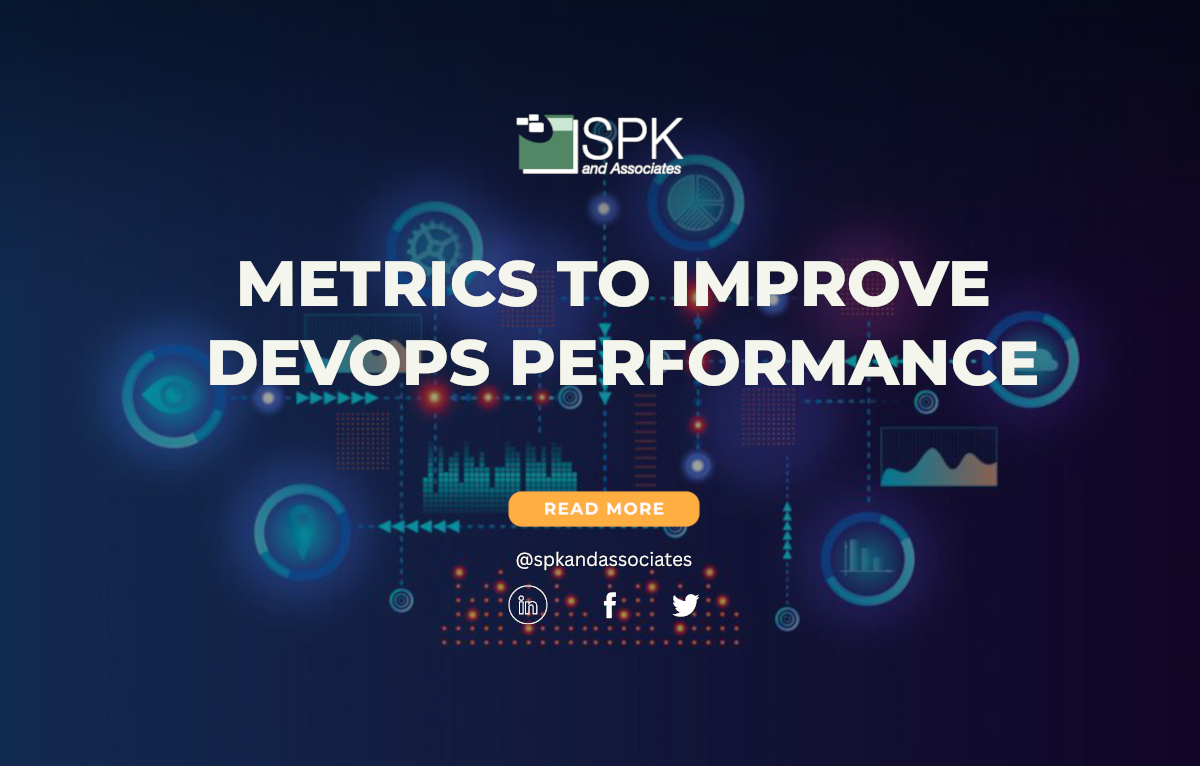Staying ahead of the curve requires adopting tools and methodologies that not only enhance productivity but also drive innovation. GitLab, with its comprehensive suite of features, has emerged as a powerful platform that enables teams to elevate their software game by integrating Agile planning, AI-driven enhancements, and robust CI/CD automation. Let’s jump into a few new updates in the GitLab realm.
Streamlined Agile Project Management with GitLab’s New Epic Experience
Agile methodologies have become the gold standard for managing software projects, allowing teams to adapt to changing requirements and deliver high-quality products in shorter cycles. GitLab’s recent enhancements to its Agile planning tools, particularly the new Epic experience, have made it easier for teams to plan, track, and execute their projects with precision.
The updated Epic experience addresses common pain points by introducing a unified Work Items framework that ensures consistency across all planning objects—epics, issues, and tasks. This new architecture not only simplifies the user experience but accelerates the delivery of new features and improvements. Key features such as assignees, health status indicators, time tracking, and custom color options for epics provide teams with greater visibility and control over their projects.
By streamlining workflows and improving the flexibility of planning tools, GitLab empowers teams to manage complex projects more effectively. Whether it’s tracking the progress of an epic or assigning tasks to specific team members, the new Epic experience ensures that Agile planning in GitLab is both intuitive and efficient.
Measuring the Impact of AI on Software Development
Artificial intelligence (AI) has rapidly become a cornerstone of modern software development, offering tools that automate repetitive tasks and enhance productivity. However, measuring the true impact of AI on software development processes can be challenging. Traditional metrics such as lines of code or task completion rates are often insufficient in capturing the nuanced benefits of AI-powered tools.
To effectively measure the impact of AI, organizations must set clear goals that align with their overall business strategy. This involves focusing on short-term objectives, such as reducing code review times as well as considering long-term outcomes like improved software quality and faster release cycles. Involving developers in setting these goals is crucial, as they can provide valuable insights into how AI is affecting their workflows.
Beyond traditional coding metrics, a holistic approach that considers the entire SDLC is essential. Tools like the DORA framework and value stream analytics offer a comprehensive view of how AI impacts productivity across the SDLC. By tracking metrics such as deployment frequency, lead time for changes, and production defects, organizations can gain a deeper understanding of AI’s contribution to their bottom line.
As AI becomes more integrated into software development, it’s important to prepare for the growing pains that come with it. AI-generated code, for example, may require additional review and testing to ensure quality and security. By adopting a DevSecOps platform like GitLab that integrates AI capabilities throughout the SDLC, organizations can mitigate these challenges and fully realize the benefits of AI-driven development.
Revolutionizing Workflow Automation
Continuous Integration and Continuous Deployment (CI/CD) are critical components of modern software development, enabling teams to automate the testing and deployment of code changes. GitLab has long been a leader in CI/CD, and its recent introduction of CI/CD Steps marks a significant evolution in workflow automation.
CI/CD Steps
CI/CD Steps is a new programming language designed specifically for DevSecOps automation. Unlike traditional CI/CD components, CI/CD Steps allows developers to compose inputs and outputs for a CI/CD job. This makes it possible to create more complex and modular workflows. Its flexibility is particularly valuable for platform engineering teams that support multiple development teams. This is because it enables them to standardize workflows while accommodating the unique needs of each team.
One of the key benefits of CI/CD Steps is reusability. Developers can define CI/CD Steps as reusable components that can be referenced in multiple pipelines, reducing redundancy and improving efficiency. For example, a CI/CD Step that automates the deployment of a software component can be reused across different projects, ensuring consistency and reducing the risk of errors.
The introduction of CI/CD Steps is just the beginning of GitLab’s vision for CI/CD programmability. As the feature continues to evolve, it will unlock new possibilities for automating complex workflows and optimizing the software development process. For organizations looking to stay ahead of the curve, adopting CI/CD Steps and integrating it into their CI/CD pipelines is a strategic move that can drive significant improvements in productivity and software quality.
CI/CD Catalog
The GitLab CI/CD Catalog is another powerful tool that enhances the efficiency of software development by enabling teams to discover, reuse, and contribute CI/CD components. This centralized repository allows teams to share best practices, reduce duplication of effort, and accelerate the development process.
The CI/CD Catalog offers full support for version control, ensuring that teams can maintain consistency across different versions of their pipelines. Whether it’s a deploy component or a security scanning script, teams can easily manage and update their CI/CD components to meet the evolving needs of their projects.
One of the standout features of the CI/CD Catalog is its ability to support composite components that use multiple other components. This capability allows teams to build more sophisticated workflows by combining different CI/CD components into a single, cohesive pipeline. For example, a deploy component can be paired with a validation component to ensure that code is thoroughly tested before it goes live.
For organizations with self-managed GitLab instances, the CI/CD Catalog can be populated with internally developed components, providing a customized solution that meets the specific needs of the organization. This flexibility, combined with the ability to mirror existing components from GitLab.com, makes the CI/CD Catalog a versatile tool for any development team.
Optimize Your GitLab Experience
At SPK and Associates, we understand the challenges and opportunities that come with modern software development. As a long-time GitLab partner, we have the expertise to help you implement and optimize GitLab’s powerful features, from Agile planning and AI integration to CI/CD automation and the CI/CD Catalog.
As the software industry continues to evolve, staying ahead of the curve requires more than just adopting new tools—it requires a strategic approach that aligns your technology stack with your business objectives.
Ready to take your software game to the next level? Contact SPK and Associates today to learn how we can help you optimize your GitLab experience and drive innovation in your organization.










